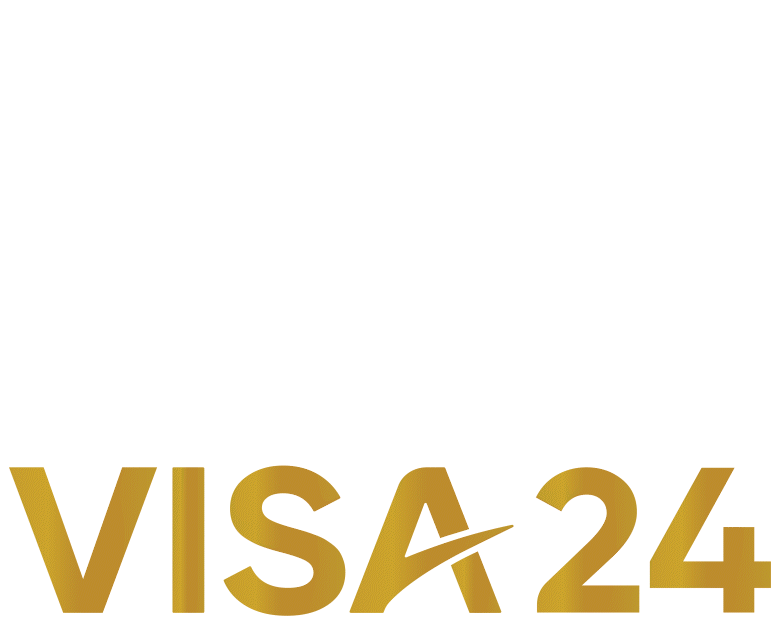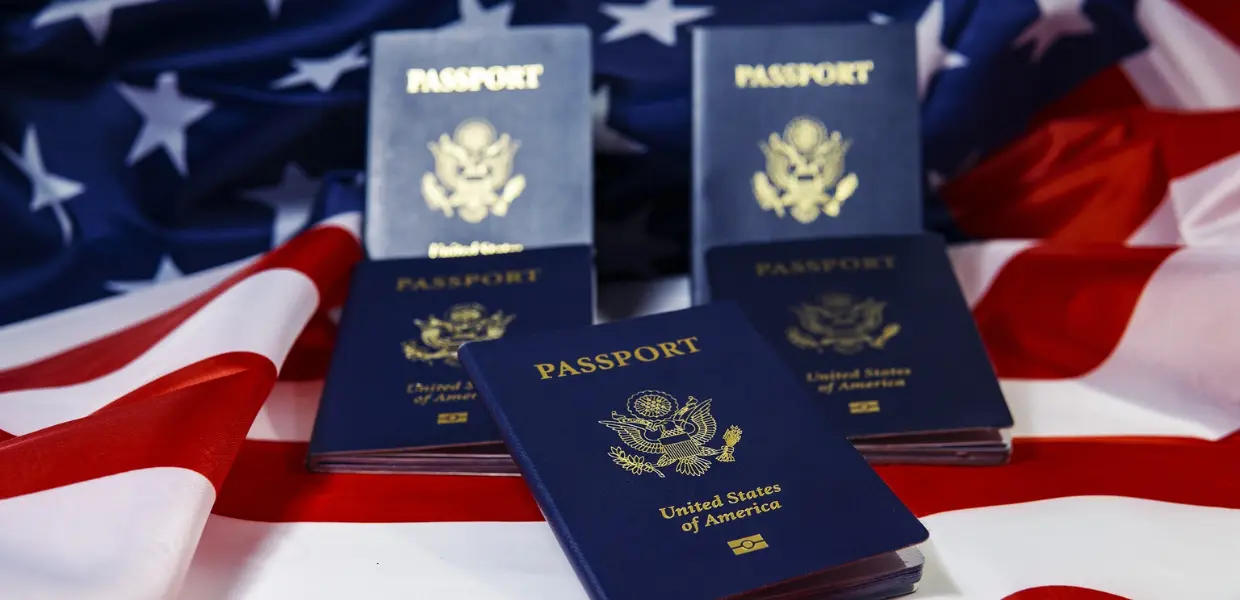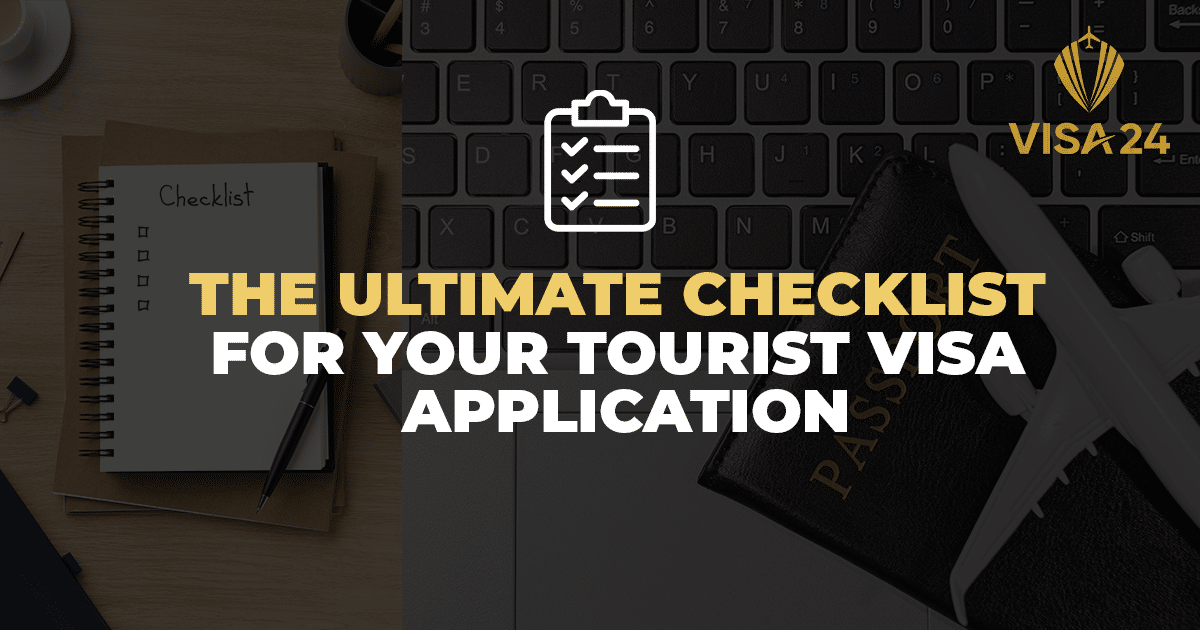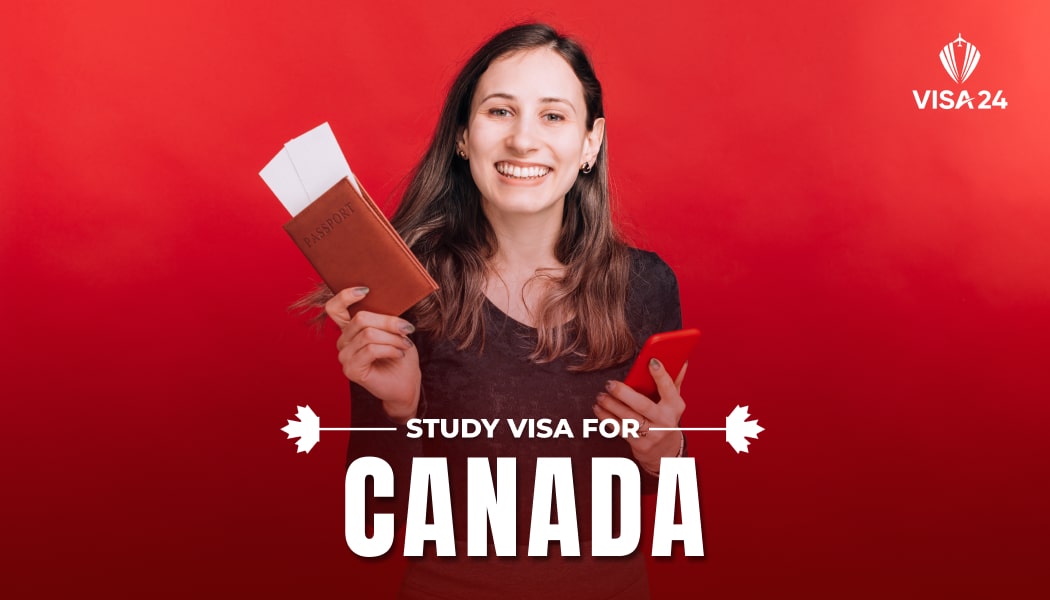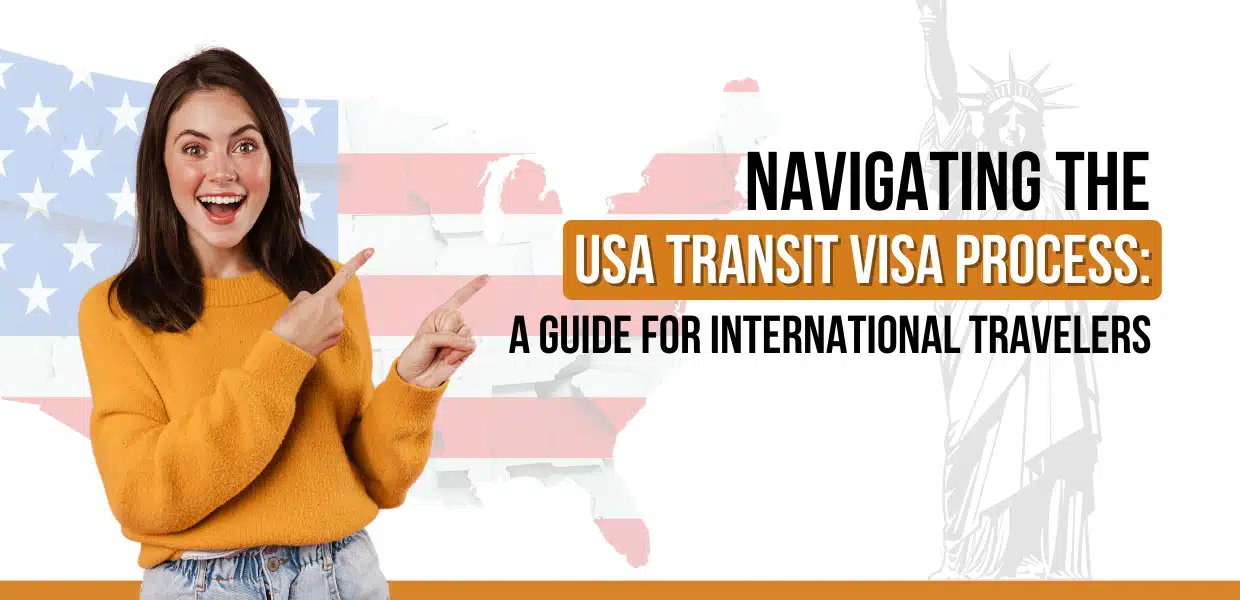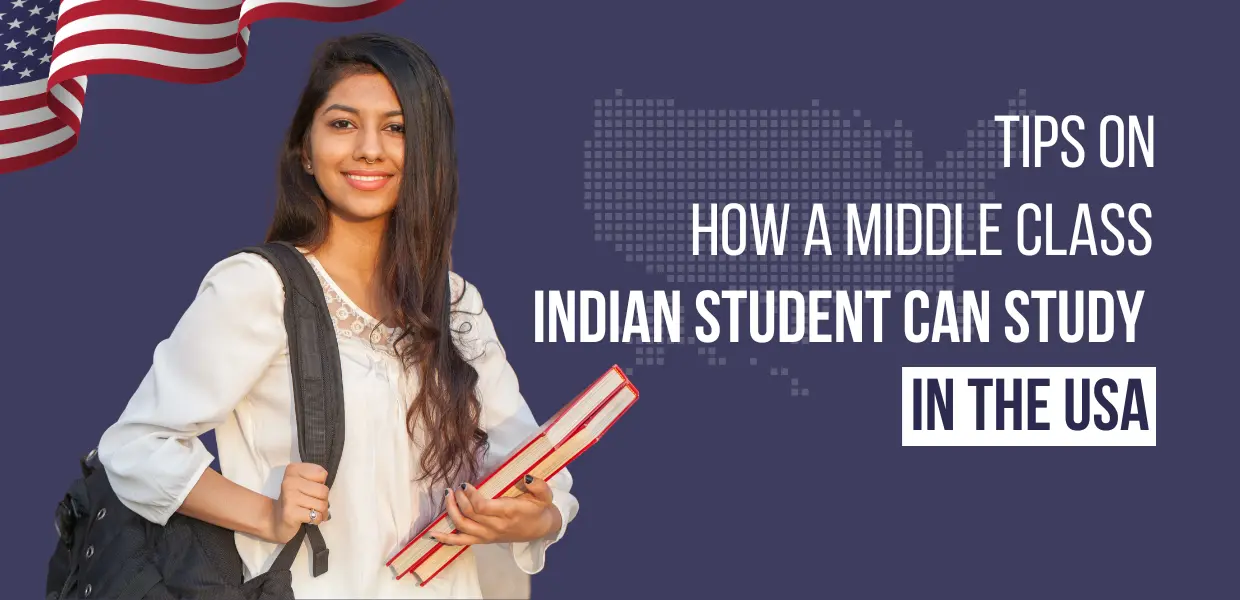Many students from other countries harbor the hope that one day they will be able to pursue their education in the United States. Nevertheless, getting a student visa can be a difficult and time-consuming process.
To assist you in navigating the process of obtaining a student visa for the United States, we will present an overview of the F1 visa and the J1 visa, which are the two most frequent forms of student visas.
What is an F1 Visa?
International students who want to study in the U.S. often choose the F1 visa, which is difficult to get. Let’s examine an F1 visa case.
Indian high school senior Priya wants to study in the U.S. Priya gets into a top U.S. institution after researching programs. She wants to study in the U.S. but recognizes that getting an F-1 visa is difficult.
Priya must show she can afford U.S. tuition, fees, and living expenses to get an F1 visa. She must show relatives, a job offer, or property ownership to prove she would return to India after graduating. The U.S. embassy or consulate in India needs bank statements, tax returns, and other financial documentation.
Priya gets her F1 visa after applying and interviewing. She packs and heads to the U.S. to study.
Priya’s F1 visa application shows the value of preparedness. With help and tools, students like Priya can get an F1 visa and study in the U.S.
What is a J1 Visa?
The J1 visa gives people the chance to work and experience American culture. Let’s look at a real-life J1 visa success story.
Spanish college graduate Juan wants to work in the U.S. Juan gets a J1 internship in New York City after investigating exchange programs. He is excited to work in a vibrant city and learn American business processes.
Juan must be accepted into a J1 visa-sponsoring exchange program to apply. He must also have sufficient financial resources to support his U.S. expenses.
Juan gets his J1 visa after applying and interviewing. He interns in New York City and obtains valuable skills, field experience, and international connections.
Juan’s experience shows the J1 visa’s importance for those seeking work experience and American culture. The J1 visa offers unique U.S. travel and intriguing career prospects.
Application Process for F1 and J1 Visas
International students and exchange visitors may find applying for F1 and J1 visas intimidating. Let’s examine an application procedure example.
Rina, from Japan, wants an F1 visa to study in the U.S. Rina fills out the online application and pays the cost. She then plans her Tokyo visa interview at the U.S. consulate.
Rina comes to the embassy with her acceptance letter from the U.S. university, financial paperwork, and proof of her Japanese ties on the day of her interview. Her background, academic objectives, and U.S. intentions are all asked about by the consular officer.
Rina’s F1 visa application was approved after she answered the questions well. She’s delighted to start her U.S. studies after receiving her visa.
J1 visas follow a similar method. Let’s see an example of the process.
Meet Miguel, a Brazilian J1 intern in the U.S. Miguel completes the online application form and pays the application fee. He then plans his Brasilia visa interview at the U.S. embassy.
Miguel comes to the embassy with his J1 acceptance letter, financial documentation, and proof of his Brazilian ties on the day of his interview. He answers the consular officer’s inquiries about his past, work, and U.S. aspirations.
The consulate officer grants Miguel’s J1 visa after he answers the questions. He’s thrilled to start his U.S. internship after receiving his visa.
Rina and Miguel’s F1 and J1 immigration applications highlight the value of planning and detail. International students and exchange visitors can get visas by following the application process and giving correct and honest information.
Maintaining Your F1 or J1 Visa Status
Your academic and professional success in the U.S. depends on your F1 or J1 visa status. Let’s look at some real-life visa maintenance situations.
German F1 student Emma attends a U.S. university. As per her F1 visa, Emma attends all classes and takes a full load. She respects university policies and is academically successful. Emma studies hard because her F1 visa requires full-time attendance.
Carlos, a Mexican J1 intern in the U.S., is next. Carlos observes his sponsor’s rules to maximize his exchange program experience. Carlos respects his internship’s guidelines and works hard. He avoids unlawful work because his J1 visa forbids it.
Emma and Carlos’ experiences show the importance of F1 and J1 visa compliance. International students and exchange visitors can avoid deportation and ineligibility to return to the U.S. by attending classes, taking a full course load, and not working illegally.
Conclusion
With appropriate planning, acquiring an F1 or J1 visa is possible. International students seeking further study in the U.S. should apply for the F1 visa, while the J1 visa offers work experience and cultural exchange.
Both visas demand precise information and a thorough application. After getting your visa, you must follow its rules, such as attending classes and not working illegally. International students and exchange visitors can avoid deportation and ineligibility to return to the U.S. by following these recommendations.
